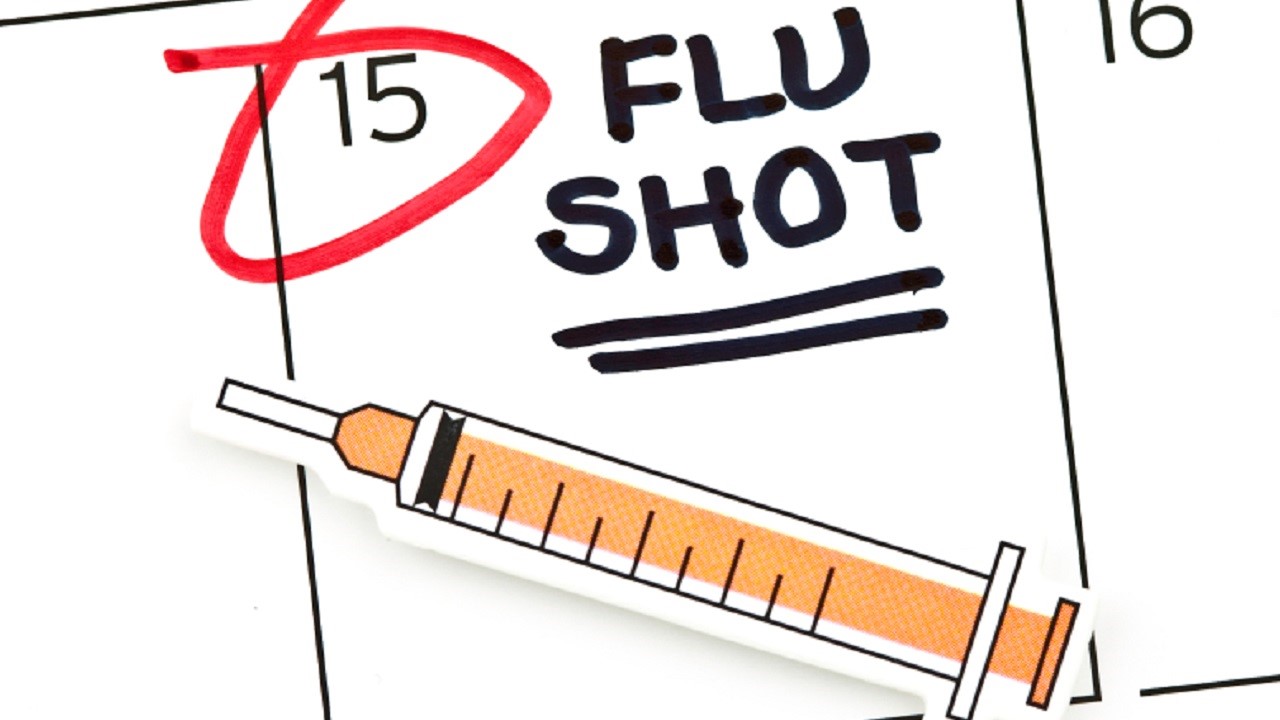Although the timing of “flu season” varies slightly each year, it generally runs through fall and winter, peaking between December and February. Unfortunately, the 2021–2022 flu season coincides with the ongoing COVID-19 pandemic.
In order to reduce the overall impact of respiratory illness on the population and U.S. health care systems, flu vaccine manufacturers have promised that vaccine production and distribution will reach record highs this year.
The Centers for Disease Control and Prevention (CDC) continues to recommend annual flu vaccination for everyone six months of age and older. Experts also emphasize that those who are at increased risk for severe illness from COVID-19 are also at higher risk for complications from the flu. For seniors and those with compromised immune systems, the flu vaccine remains an important preventive health care decision.
What You Need to Know About Influenza and COVID-19
Influenza viruses and coronaviruses are completely unrelated.
Although both are contagious respiratory infections, COVID-19 is caused by the SARS-CoV-2 virus while seasonal flu is caused by any of several human influenza viruses. Scientists update flu vaccines each year to provide protection from the flu viruses that are expected to circulate that season. 2021-2022 flu vaccines have already been approved and distribution is underway.
If you have not yet been vaccinated against COVID-19, the CDC strongly recommends it. Visit Vaccines.gov to find a provider near you. Many providers offer both COVID-19 and flu vaccines, which can be administered at the same visit; there is no need to wait between shots.Avoiding the flu may help reduce your exposure to COVID-19.
Getting vaccinated against the flu will not only reduce your chances of catching influenza, but it will also help you avoid unnecessary exposure to COVID-19. Seniors are known to be at higher risk of developing serious complications from the flu, leading to higher rates of flu-related hospitalizations. It is still important to seek necessary medical care during the pandemic (you can discuss telemedicine options with your physician), but staying healthy keeps seniors away from urgent care centers, emergency rooms and hospitals, where there is a higher risk of exposure to COVID-19 and other germs like C. diff and MRSA (methicillin-resistant Staphylococcus aureus).A severe flu season will negatively impact hospital systems that are already overwhelmed.
Treating the flu and related respiratory infections (like pneumonia) requires many of the same medical resources that are needed to treat COVID-19 patients. Widespread flu vaccination will help stem the spread of influenza, reduce the demand for respirators, and minimize the burden on health care providers and hospital systems. In areas where COVID-19 cases are surging, health care rationing remains a grim possibility.There is no change in the CDC’s recommended timing for flu vaccinations.
September and October remain the best times to get a flu shot. Even if you miss this window, the CDC advises that vaccines will be available for as long as flu viruses remain in circulation, and even “late” vaccination is still beneficial.Everyday preventive actions protect against both influenza and COVID-19.
Proper hand washing, thorough cleaning, wearing a mask and social distancing are crucial for minimizing exposure to and transmission of coronavirus. Fortunately, the safety practices adopted in the fight against community spread of COVID-19 will also help stop the spread of the flu.
Diagnosing and Treating the Flu During the Coronavirus Pandemic
Because COVID-19 and influenza are both contagious respiratory illnesses, they share symptomology. To compare differences between these viruses, review the CDC’s Flu vs. COVID-19 Guide.
Viral testing is the only way to diagnose the flu and/or COVID-19, but doctor’s offices and urgent care centers have implemented new protocols for dealing with symptomatic patients. If you or someone you love is exhibiting symptoms, be sure to contact your doctor and confirm proper procedures for obtaining medical care. Don’t hesitate to seek urgent medical attention for emergency warning signs of COVID-19, such as difficulty breathing and chest pain/pressure.
Note that one of the key differences between these viruses is the availability of antiviral medications to treat the flu. For this reason, it is important to contact a doctor, receive a diagnosis and establish a treatment plan as soon as possible.

